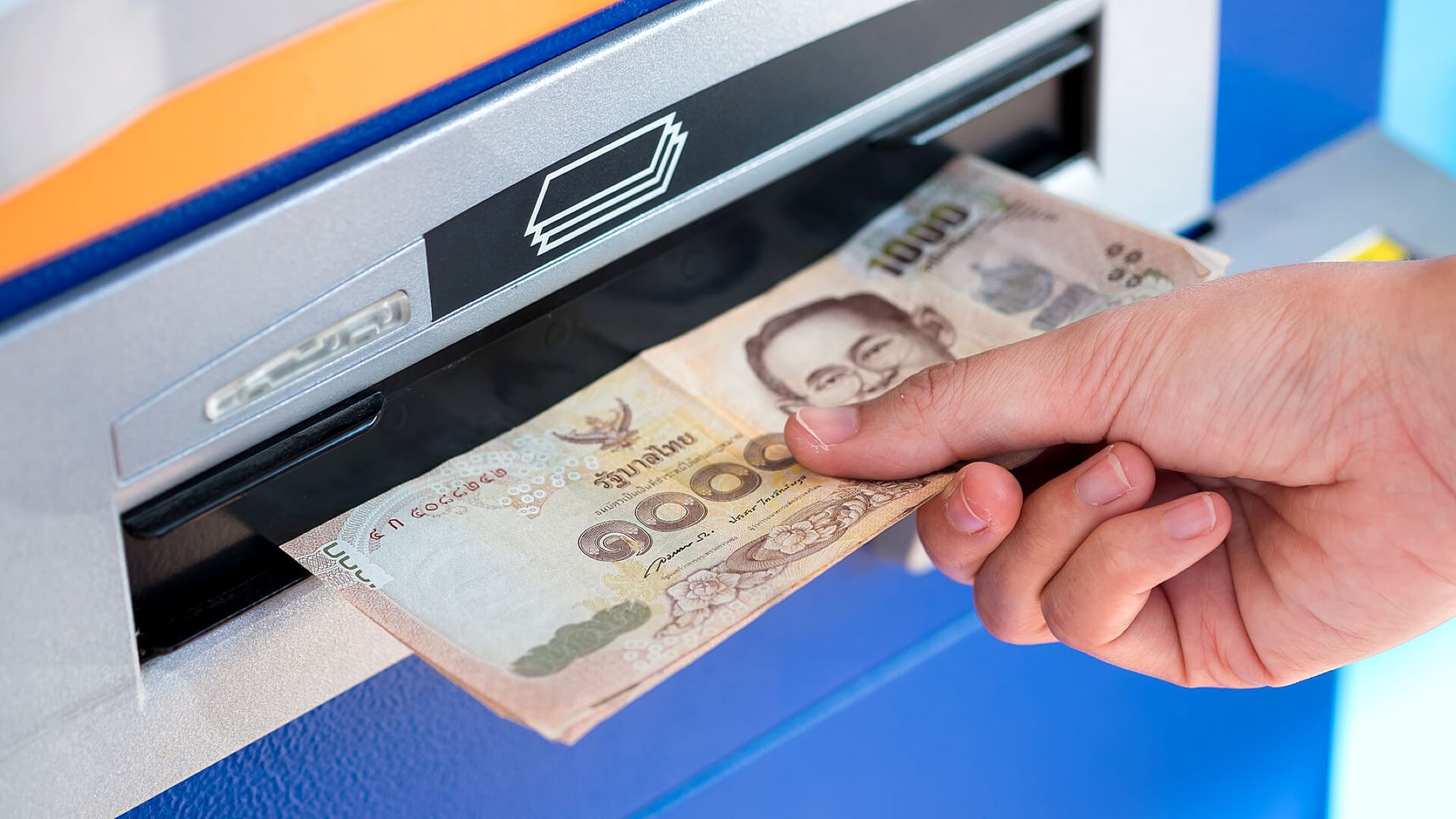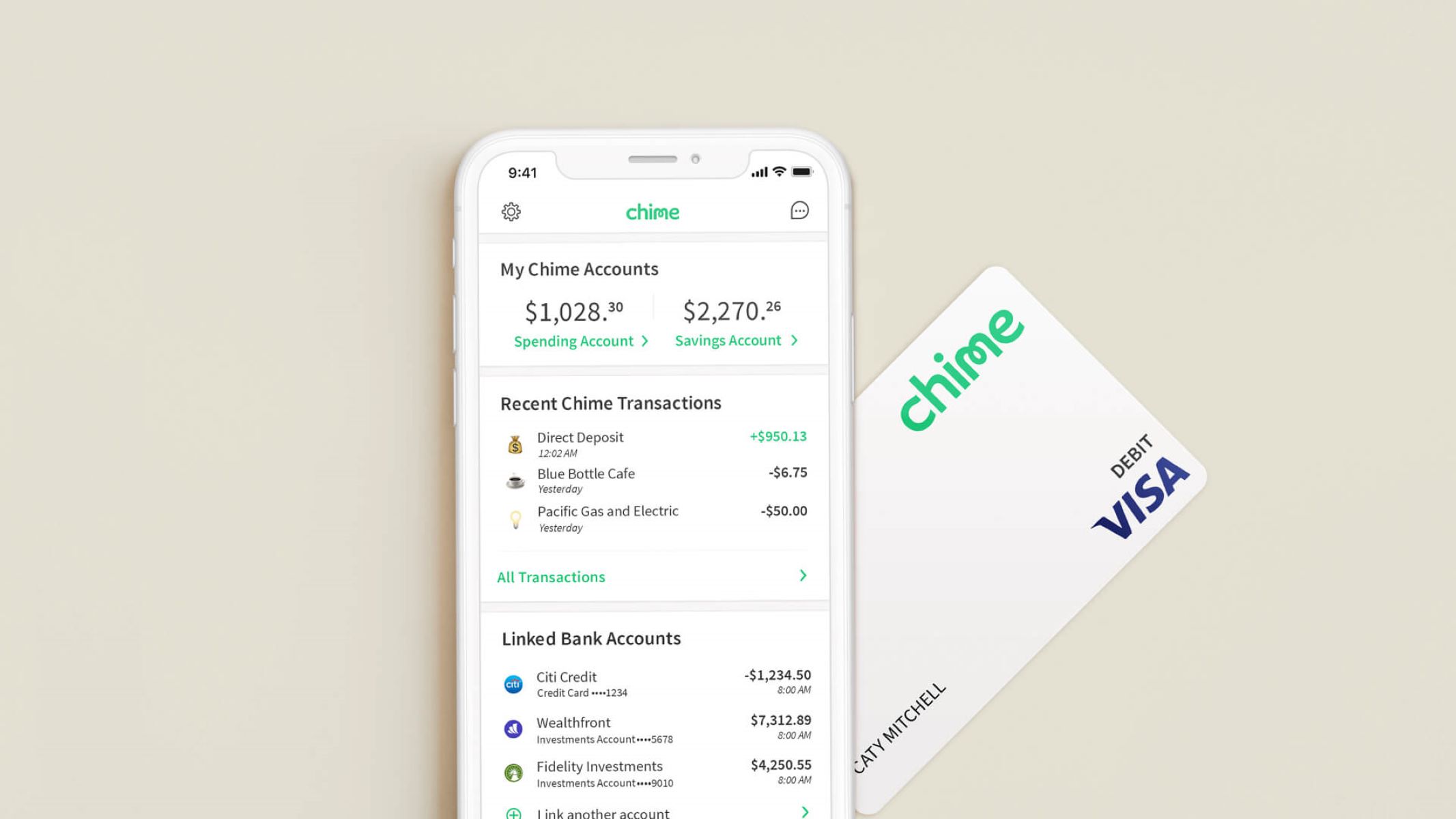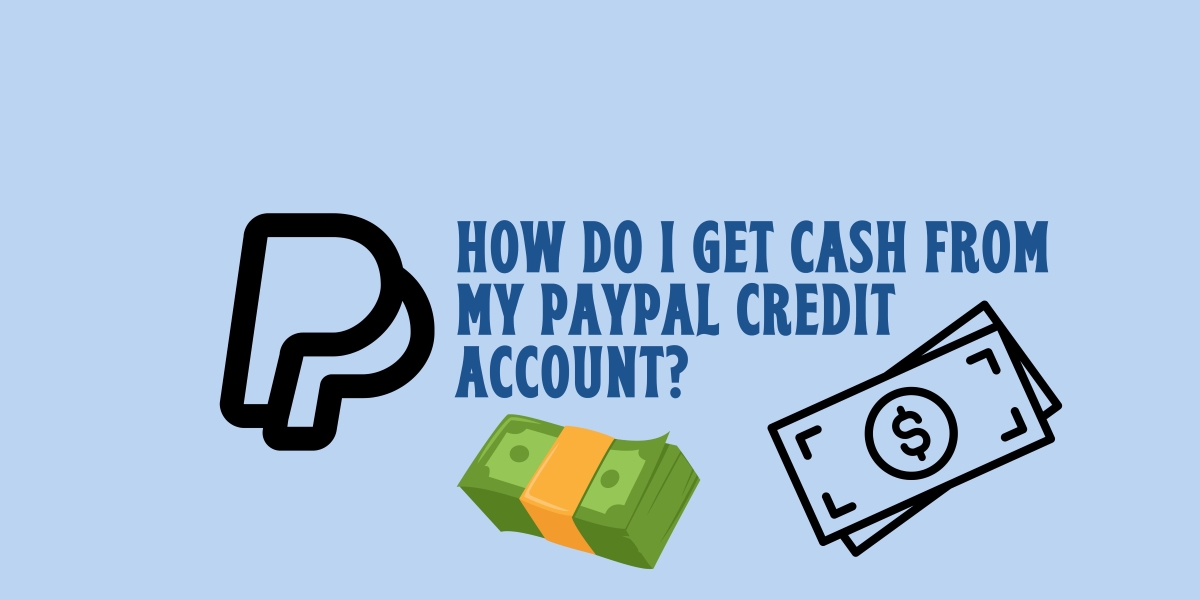

Finance
How Can I Send Money From Credit Card
Modified: December 30, 2023
Discover how to send money from your credit card and manage your finances easily. Explore our helpful tips and guidance on finance options.
(Many of the links in this article redirect to a specific reviewed product. Your purchase of these products through affiliate links helps to generate commission for LiveWell, at no extra cost. Learn more)
Table of Contents
- Introduction
- Understanding Credit Card Payments
- Different Methods to Send Money from Credit Card
- Option 1: Transfer to Bank Account
- Option 2: Use a Payment App or Online Wallet
- Option 3: Send Money through a Peer-to-Peer Service
- Option 4: Use a Money Transfer Service
- Option 5: Send Money via Credit Card Checks
- Important Considerations and Risks
- Conclusion
Introduction
Welcome to the world of credit cards, where convenience and financial flexibility are at your fingertips. But did you know that your credit card can also be a powerful tool to send money? Whether you need to send money to a family member, pay a bill, or even make a purchase, there are various methods available that allow you to transfer funds directly from your credit card.
In this article, we will explore different ways to send money from your credit card, taking into account the ease of use, fees involved, and overall convenience. We will delve into the pros and cons of each method, ensuring you have a comprehensive understanding of your options before making a decision.
Before we dive into the details, it’s important to note that while credit cards offer a convenient means of sending money, it’s essential to exercise caution. Make sure you fully understand the terms and conditions of your credit card provider and any associated fees or interest rates that may apply to cash advances or transfers. Additionally, be mindful of the potential risks and security measures involved in sharing financial information and conducting transactions online. With proper knowledge and awareness, you can navigate the world of credit card money transfers confidently and securely.
Now, let’s explore the different methods available to send money from your credit card and discover which one suits your needs best.
Understanding Credit Card Payments
Before we delve into the various methods of sending money from your credit card, let’s first understand the basic workings of credit card payments. When you make a purchase using your credit card, you are essentially borrowing money from the card issuer, with the promise to repay the amount at a later date.
When the statement period ends, you will receive a bill from your credit card company, outlining the total amount due, minimum payment required, and the due date. It’s important to note that if you don’t pay the full outstanding balance by the due date, interest charges will be applied to the remaining balance, carrying over to the next billing cycle.
However, credit cards also provide the option for cash advances, which allow you to withdraw cash from your credit card limit. Cash advances typically have higher interest rates and may incur additional fees, so it’s important to consider these factors before opting for this method of accessing funds.
When it comes to sending money from your credit card, you can either use the available credit on your card or opt for a cash advance. It’s important to differentiate between the two, as the method you choose can have different implications in terms of fees, interest rates, and overall convenience.
Now that we have a basic understanding of how credit card payments work, let’s explore the different methods available to send money from your credit card.
Different Methods to Send Money from Credit Card
When it comes to sending money from your credit card, there are several options available to suit your needs. Let’s explore each method in detail:
- Transfer to Bank Account: One of the most common methods is to transfer funds from your credit card to your bank account. Many credit card companies offer this service through their online banking platforms. To initiate the transfer, you typically need to enter your bank account details and specify the amount you wish to transfer. Keep in mind that some credit card providers may charge a fee for this service, and it may take a few business days for the funds to become available in your bank account.
- Use a Payment App or Online Wallet: With the increasing popularity of digital payment platforms, you can also use apps or online wallets to send money using your credit card. Platforms like PayPal, Venmo, or Cash App allow you to link your credit card and transfer funds to other users or merchants. These services usually charge a small fee or a percentage of the transaction amount for the convenience they provide.
- Send Money through a Peer-to-Peer Service: Peer-to-peer payment services like Zelle or Google Pay offer a convenient way to send money directly from your credit card to another individual’s bank account. These services typically leverage existing banking networks to facilitate the transfer, allowing for instant or same-day transactions. While some peer-to-peer services may not charge fees for personal transfers, there may be limits on the transaction amount.
- Use a Money Transfer Service: Money transfer services like Western Union or MoneyGram allow you to send money internationally or domestically using your credit card. These services often have a wide network of physical locations where the recipient can collect the funds. It’s important to note that money transfer services may charge fees and offer varying exchange rates, so it’s crucial to compare the costs before making a decision.
- Send Money via Credit Card Checks: Some credit card issuers provide convenience checks that allow you to write a check using your credit card balance. These checks can be used to send money to someone or pay bills. However, it’s important to be aware that using credit card checks may incur additional fees and potentially higher interest rates compared to other methods.
Each method offers its own set of advantages and considerations. It’s essential to compare fees, transaction limits, and processing times to choose the method that best suits your needs and circumstances.
Option 1: Transfer to Bank Account
Transferring funds from your credit card to your bank account is a convenient and straightforward method to send money. Many credit card companies offer this service through their online banking platforms, making it easily accessible for cardholders.
To initiate a transfer, you typically need to log in to your credit card account and navigate to the “Transfer Funds” or “Pay/Transfer” section. From there, you will be prompted to enter your bank account details, such as the account number and routing number. You will also specify the amount you wish to transfer.
While the process may vary slightly among credit card issuers, the general steps remain the same. It’s important to review the terms and conditions of your credit card provider regarding fund transfers, as there may be fees associated with this service. Common fees include a flat rate or a percentage of the transferred amount.
Once you have entered the necessary information and confirmed the transfer, it may take a few business days for the funds to become available in your bank account. This timeframe is typically determined by the credit card issuer and the recipient bank’s processing times.
Transferring funds to a bank account from your credit card offers several advantages. Firstly, it allows you to access funds quickly if you need immediate cash or want to pay bills directly from your bank account rather than using your credit card. Additionally, it can be a useful option when you want to avoid high-interest rates associated with cash advances.
However, it’s important to consider the potential drawbacks and risks of this method. Some credit card companies charge high fees for transferring funds to a bank account, especially if it is considered a cash advance. Additionally, if you have a high credit card balance and transfer a significant amount, it may impact your credit utilization ratio, which could potentially affect your credit score.
Before choosing this method, carefully evaluate the fees, interest rates, and processing times associated with transferring funds from your credit card to your bank account. Determine whether the convenience outweighs the potential costs, and assess your ability to repay the transferred amount in a timely manner to avoid accumulating interest charges.
Overall, transferring funds from your credit card to your bank account provides a flexible and efficient way to send money. It’s recommended to check with your credit card provider for specific instructions and terms applicable to your account.
Option 2: Use a Payment App or Online Wallet
In today’s digital age, payment apps and online wallets have become increasingly popular for sending money conveniently and securely using your credit card. These platforms offer a user-friendly interface and seamless integration with your credit card, allowing you to transfer funds to other users or merchants easily.
Some well-known payment apps and online wallets include PayPal, Venmo, Cash App, and Google Pay. To use these services, you typically need to download the app, create an account, and link your credit card as a funding source.
Once your credit card is linked, you can initiate money transfers by entering the recipient’s email address, mobile number, or username associated with their account. You can specify the amount you want to send and add a brief description or note if necessary.
One of the significant advantages of using payment apps or online wallets is the speed of transactions. In many cases, the transfer is instantaneous, allowing the recipient to access the funds immediately. This makes it an excellent option for quick payments or sending money to friends or family in urgent situations.
It’s important to note that while these services offer convenience and speed, they usually charge a small fee or a percentage of the transaction amount. This fee may vary depending on the country, currency, and the type of transaction (personal or business). It’s advisable to review the fee structure before using a particular payment app or online wallet.
Payment apps and online wallets also provide added features, such as the ability to split bills, request money, or make online purchases. These features enhance the overall user experience, making it a versatile option for managing your finances.
When using a payment app or online wallet, it’s essential to prioritize security. Ensure that the app has robust security measures in place, such as two-factor authentication and encryption, to protect your financial information. Additionally, only transact with trusted individuals or reputable merchants to mitigate the risk of fraud.
Before deciding on a payment app or online wallet, consider factors such as availability in your country/region, supported currencies, and the app’s user interface. Read user reviews and compare the features and fees of different platforms to find the one that aligns with your needs and preferences.
Using a payment app or online wallet with your credit card offers a convenient, fast, and secure method to send money. It simplifies everyday transactions and provides you with more flexibility in managing your finances.
Option 3: Send Money through a Peer-to-Peer Service
Another popular method to send money from your credit card is through peer-to-peer payment services. These platforms facilitate direct transfers between individuals, allowing you to send money from your credit card to someone else’s bank account with ease.
Popular peer-to-peer payment services include Zelle, Google Pay, and Apple Pay. To use these platforms, you typically need to download the respective app, create an account, and link your credit card as a funding source.
Once your credit card is linked, you can initiate a transfer by entering the recipient’s email address, mobile number, or username associated with their account. Some platforms may require the recipient to have an account with the same service, while others allow transfers to any bank account.
One of the key advantages of peer-to-peer services is the speed of transactions. Many services offer instant or same-day transfers, ensuring that the recipient can access the funds quickly. This makes it ideal for time-sensitive payments or emergencies.
Furthermore, peer-to-peer services often have minimal or no fees for personal transfers, making it a cost-effective option for sending money. However, it’s important to note that there may be limits on the transaction amount, so be sure to check the terms and conditions of the specific service you choose.
Peer-to-peer services also provide additional features such as requesting money, splitting bills, or making payments at participating merchants. These features enhance the functionality and versatility of the service, making it more than just a means to send money.
When using a peer-to-peer service, it’s crucial to ensure the security of your transactions. Look for platforms with robust security measures, such as encryption and multi-factor authentication, to protect your financial information. Additionally, only send money to trusted individuals or reputable accounts to minimize the risk of fraud.
Before settling on a peer-to-peer service, consider factors such as the availability of the service in your country or region, the supported currencies, and the ease of use. Read user reviews and compare the features and fees of different platforms to find the one that best suits your needs.
Sending money through a peer-to-peer service from your credit card offers a quick, secure, and convenient method to transfer funds to other individuals. It simplifies the process of sending money and provides you with greater financial flexibility.
Option 4: Use a Money Transfer Service
If you need to send money internationally or domestically, using a dedicated money transfer service can be a reliable option. These services facilitate the transfer of funds from your credit card to a recipient’s bank account, often with a wide network of physical locations for cash pickup.
Popular money transfer services include Western Union, MoneyGram, and TransferWise. To use these services, you typically need to create an account online or visit a physical agent location. You will need to provide your credit card information and the recipient’s details, such as their name, country, and bank account information.
When you initiate the transfer, the money transfer service will charge your credit card and convert the funds to the recipient’s currency, if necessary. The recipient can then collect the funds at a physical location or receive them directly in their bank account, depending on the service and the country of the transaction.
One of the key advantages of money transfer services is the convenience they offer, especially for international transfers. These services often have a vast network of agent locations globally, making it easier for recipients to access the funds even in areas with limited banking infrastructure.
However, it’s important to consider the fees and exchange rates associated with money transfer services. They typically charge a combination of fixed fees and exchange rate markups, which can vary depending on the service provider and the destination country. It’s advisable to compare the fees and exchange rates of different services to ensure you receive the most competitive offer.
When using a money transfer service, it’s crucial to exercise caution to protect both your financial information and the recipient’s details. Ensure that the service provider has robust security measures in place, such as encryption and fraud detection systems. Additionally, double-check the recipient’s information to avoid any errors that may cause delays or complications in receiving the funds.
Before choosing a money transfer service, consider factors such as the transfer fees, exchange rates, transaction speed, and the convenience of pickup locations. Read user reviews and do some research to find a reputable service that meets your specific needs and provides a reliable and affordable means of sending money from your credit card.
In summary, using a money transfer service allows you to send money from your credit card to recipients both domestically and internationally. It offers convenience and accessibility, but it’s crucial to compare fees and exchange rates to ensure you get the best value for your transfer.
Option 5: Send Money via Credit Card Checks
If you prefer a more traditional method of sending money from your credit card, you can consider using credit card checks. Credit card checks are often provided by credit card issuers and allow you to write checks that draw on your available credit limit.
To use this method, you will typically receive a set of credit card checks from your credit card company. Each check will have a unique number and will be associated with your credit card account.
To send money using a credit card check, you simply need to fill out the check with the recipient’s name and the amount you wish to send. The recipient can then deposit or cash the check as they would with a regular check.
One advantage of using credit card checks is the ability to send money to individuals who may not have a bank account or prefer not to receive funds digitally. This method can be useful for situations where electronic transfers are not feasible or convenient.
However, it’s important to note that using credit card checks may incur additional fees and potentially higher interest rates compared to other methods of sending money. Credit card checks are often considered as cash advances, which come with higher interest rates and may have transaction fees associated with them.
Additionally, it’s important to consider the potential risks associated with mailing a check. While it is relatively secure, there is always a small chance of the check being lost, stolen, or intercepted in the mail.
Before utilizing this option, make sure to carefully review the terms and conditions of your credit card provider regarding credit card checks. Understand any fees, interest rates, or limitations that may apply before sending money via this method.
If you decide to use credit card checks, always exercise caution and ensure the recipient is someone you trust. Keep track of the checks you write and monitor your credit card statements to ensure the checks are appropriately accounted for.
Overall, using credit card checks to send money provides a more traditional approach to money transfers. While it offers a convenient way to send funds to individuals without bank accounts, it’s important to weigh the associated fees and risks against the benefits before deciding to use this method.
Important Considerations and Risks
When sending money from your credit card, it’s important to be aware of certain considerations and risks to ensure a smooth and secure transaction. Here are some key points to keep in mind:
- Fees: Different methods of sending money from your credit card may entail various fees, including transaction fees, currency conversion fees, or service charges. It’s crucial to understand the fees associated with each method and factor them into your decision-making process.
- Interest Rates: If you choose a method that involves a cash advance from your credit card, higher interest rates may apply compared to regular purchases. Ensure you are aware of the interest rates and any applicable grace periods to avoid accumulating unnecessary interest charges.
- Security: When conducting online transactions or sharing financial information, prioritize security. Look for services that employ encryption technology, multi-factor authentication, and other security measures to protect your personal and financial data.
- Recipient Information: Ensure that you have accurate recipient information before initiating a transfer. Double-check details such as names, bank account numbers, email addresses, or mobile numbers to avoid any delays or complications in receiving the funds.
- Fraud Awareness: Be cautious when sending money to unfamiliar recipients or through unfamiliar services. Research and choose reputable providers to minimize the risk of falling victim to scams or fraudulent activities.
- Limitations: Some methods of sending money from your credit card may have limitations on transaction amounts, frequency, or geographical restrictions. Familiarize yourself with these limitations to ensure they align with your intended purpose and requirements.
- Credit Utilization: Be mindful of your credit utilization ratio when sending money from your credit card. Transferring a significant amount may impact your credit score, as it affects the ratio between your credit card balance and your overall credit limit.
- Refunds and Disputes: Understand the refund and dispute processes associated with the method you choose. Familiarize yourself with the provider’s policies in case there are any issues or discrepancies with the transaction.
By considering these important factors and risks, you can make informed decisions when sending money from your credit card. Take the time to compare options, read terms and conditions, and prioritize security to ensure a smooth and secure transfer of funds.
Conclusion
Sending money from your credit card offers convenience and flexibility, providing you with various options to meet your specific needs. Whether you prefer digital transactions, traditional methods, or international transfers, there is a method to suit your preferences.
Before choosing a method, consider factors such as fees, transaction speeds, security measures, and the recipient’s accessibility to funds. Review the terms and conditions, and compare different services to find the one that aligns with your requirements.
It’s important to be aware of the potential risks and considerations associated with sending money from your credit card. Keeping an eye on fees, interest rates, security measures, and recipient information will ensure a smooth and secure transaction.
Remember, responsible financial management is essential when using your credit card to send money. Be mindful of your credit card balance, repayment schedules, and the impact on your credit utilization ratio to maintain a healthy credit profile.
By understanding the various methods available, considering the pros and cons of each, and making informed decisions, you can utilize your credit card’s capabilities to efficiently send money when needed.
Always prioritize security, exercise caution, and choose reputable providers to safeguard your financial information and ensure a reliable and secure money transfer experience.
Now that you’re equipped with knowledge about the different methods, fees, and risks involved in sending money from your credit card, you can confidently navigate the world of financial transactions, harnessing the power of your credit card for convenient and secure fund transfers.














